Exhibition dates: 7th September 2013 – 12th January 2014
Many thankx to the Kunstsammlung Nordrhein-Westfalen for allowing me to publish the photographs in the posting. Please click on the photographs for a larger version of the image.
Alexander Calder: Avant-Garde in Motion
Installation photographs
Fotos: Achim Kukulies, © Calder Foundation, New York / Artists’ Rights Society (ARS), New York
© Kunstsammlung NRW
“These hesitations and resumptions, gropings and fumblings, sudden decisions and, most especially, marvellous swan-like nobility make Calder’s mobiles strange creatures, mid-way between matter and life.”
.
Jean-Paul Sartre, 1946
For the first time in 20 years, a German museum is presenting a major selection of works by the American sculptor Alexander Calder (1898-1976). With the exhibition Alexander Calder: Avant-Garde in Motion, the Kunstsammlung Nordrhein-Westfalen invites art lovers to reevaluate Calder as an astonishingly multifaceted member of the twentieth century avant-garde. Never before has the artistic oeuvre of this pioneer of Kineticism been presented in its surprising proximity and intimate interplay with the experimental film and music of its time. This approach highlights the intellectual universality of an artist whose mobiles are familiar worldwide today.
The focus of the exhibition at the K20 Grabbeplatz is the 1930s and 1940s, documenting Calder’s path toward abstraction and his lifelong friendships with members of the European avant-garde. On view in two exhibition halls are approximately 70 works, ranging from small-scale works in wood and sheet metal to the monumental steel stabile Le Tamanoir (1963), weighing 2300 kilograms, on loan from Rotterdam. A special architectural feature of this presentation is the long, accessible catwalk in the Kleehalle, which will offer visitors unexpected perspectives of the suspended mobiles.
For the Düsseldorf exhibition, Calder’s first solo show of abstract works at the Galerie Percier in Paris in 1931, has been partially documented as a crucial station on the path toward his singular formal language. His artistic friendships during his time in Paris are highlighted by important individual paintings by Piet Mondrian, Joan Miró, and Hans Arp that are found today in the collection of the Kunstsammlung Nordrhein-Westfalen. The impulse that initiated this major exhibition project was modest in proportions: in 2008, the sculpture Untitled, dating from 1936, was acquired by the Federal State of North-Rhine Westphalia, and hence and came into the possession of the Kunstsammlung. This work is among Calder’s relatively unknown “noise-mobiles,” which generate sound through the gentle pendular movement of a ball that hangs from a wire. A complex work, Untitled connects various phases of Calder’s career, pointing toward the beginning of the wire sculptures of the 1920s and also the “sonorous” mobiles of the later period, which are set in motion by air currents. The forms of the individual elements signal Calder’s turn toward abstraction, but also resemble the organic language typical of the works of Arp and Miró.
Like no other American artist, and in a way comparable only with his friend Man Ray, Calder was a consistent member of Parisian avant-garde circles between 1926 and 1933. He was recognised by the main representatives of a range of artistic tendencies, yet never allowed himself to be drawn into the rivalry between abstraction and Surrealism. During these years, Calder moved uninhibitedly between various orientations, positioning his work in the field of tension residing between Mondrian’s cool geometric compositional structures and the biomorphic, playful abstractions of Miró and Arp. The exhibition features in particular the abstract works Calder produced after a legendary and pivotal experience in Paris: in the fall of 1930, he visited Mondrian’s studio and was deeply impressed by the space’s total composition, in particular by the black-and-white structuring of a wall on which coloured rectangles were mounted for study purposes. In his autobiography, Calder characterises his visit to this environment as a “shock” that prompted him to reevaluate his artistic production to date.
During the ensuing weeks, he produced abstract paintings exclusively – a brief intermezzo. Subsequently, he developed his first nonobjective, spatial wire constructions. In the autumn of 1931, the influences of the preceding years found a more distinct expression in Calder’s art when he produced the first moving sculptures by a system of motors or cranks. Marcel Duchamp gave them the name “mobile,” a word that means both “motion” and “motive” in French. The mechanics were abandoned as Calder developed hanging kinetic sculptures, which are linked together by wires and joints and held in a state of equilibrium; through the principle of contingent and dynamic rotation, the individual parts continually form new and unanticipated constellations. As a counterpart to the mobiles, Calder developed immobile constructions, which Hans Arp dubbed “stabiles” in 1932.
Contributing to our understanding of Calder’s works are experimental films, likely seen by Calder during his time in Paris, in which movement and rotation are thematised in their most various facets. During the 1920s, many artists in Calder’s intimate circle were preoccupied with the medium of cinema and the moving image, for example Fernand Léger with Ballet Mechanique (1924), Marcel Duchamp with Anémic Cinéma (1926), and Man Ray with Le Retour à la Raison (1923). In the exhibition, these experimental films will be screened as part of the broader context of Calder’s studies of movement and space. Indispensable to a comprehensive presentation of Calder’s involvement in the historic avant-garde is a consideration of the experimental music of the time: Calder cultivated friendships with the composers Edgard Varèse, Virgil Thomson, and John Cage, among others. Calder was intensively preoccupied with contemporary music, which is also incorporated into the exhibition. And it seems likely that it also exerted an influence on the “noise-mobiles,” for which the randomness of sound events plays an important role.”
Alexander Calder: Avant-Garde in Motion is on show at the Kunstsammlung Nordrhein-Westfalen, in two large exhibition halls at the K20 Grabbeplatz in Düsseldorf. In the Klee Hall the visitor will experience Calder’s early sculptures – set against works by trend-setting fellow artists, such as Mondrian, Miró and Arp, as well as artistic and documentary films. In the high Grabbehall, by contrast, the large mobiles and stabiles will be exhibited to impressive effect by allowing the individual shapes to move freely. Here the visitor can experience how the artist makes playful use of space and proportions. At various points throughout the exhibition, Calder’s mobiles enter into a dialogue with experimental music dating from the 1920s onwards, ranging from compositions by Edgar Varèse to those of John Cage. This illustrates how Calder constantly sought inspiration from other branches of the arts and broadened his own horizons.
Press release from the Kunstsammlung Nordrhein-Westfalen website
Alexander Calder (American, 1898-1976)
Quatre systèmes rouges (mobile)
1960
Iron, steel wire, colour
155 x 200 x 200cm
Louisiana Museum of Modern Art, Humlebæk, Dänemark, Donation: The New Carlsberg Foundation
© 2013 Calder Foundation, New York / Artists Rights Society (ARS), New York
Foto: Louisiana Museum of Modern Art, Humlebæk, Dänemark
Foto: © 2013 Calder Foundation, New York / Artists Rights Society (ARS), New York
© Kunstsammlung NRW
Alexander Calder (American, 1898-1976)
Araignée d’oignon (Onion peeler)
c. 1940
21.8 × 35 × 36.5cm
Iron
Moderna Museet, Stockholm
© 2013 Calder Foundation, New York / Artists Rights Society (ARS), New York, Foto: Moderna Museet, Stockholm
Foto: © 2013 Calder Foundation, New York / Artists Rights Society (ARS), New York
Foto: Moderna Museet, Stockholm
© Kunstsammlung NRW
Alexander Calder (American, 1898-1976)
Constellation with Red Object
1943
Wood, steel wire, colour
62.2 x 38.7 x 24.1cm
The Museum of Modern Art, New York, James Thrall Soby Fund, 1943
© 2013 Calder Foundation, New York / Artists Rights Society (ARS), New York
Foto: © 2012 Digital image, The Museum of Modern Art, New York/ Scala, Florence
© Kunstsammlung NRW
Alexander Calder (American, 1898-1976)
Little Spider
c. 1940
Sheet metal, steel wire, colour
111.1 x 127 x 139.7cm
National Gallery of Art, Washington, Gift of Mr. and Mrs. Klaus G. Perls
© 2013 Calder Foundation, New York / Artists Rights Society (ARS), New York
Foto: Image courtesy of the National Gallery of Art, Washington
Foto: © 2013 Calder Foundation, New York / Artists Rights Society (ARS), New York
Foto: Image courtesy of the National Gallery of Art, Washington
© Kunstsammlung NRW
Alexander Calder (American, 1898-1976)
Performing Seal
1950
83.8 × 58.4 × 91.4cm
Sheet metal, steel wire, colour
Museum of Contemporary Art Chicago. The Leonard and Ruth Horwich Family Loan
© 2013 Calder Foundation, New York / Artists Rights Society (ARS), New York
Foto: Nathan Keay, © Museum of Contemporary Art Chicago
Foto: © 2013 Calder Foundation, New York / Artists Rights Society (ARS), New York
Foto: Nathan Keay, © Museum of Contemporary Art Chicago
© Kunstsammlung NRW
Alexander Calder (American, 1898-1976)
Portrait of a Man
c. 1928
Messingdraht
32.5 x 22.2 x 34.2cm
The Museum of Modern Art, New York. Gift of the artist, 1966
© 2013 Calder Foundation, New York / Artists Rights Society (ARS), New York
Foto: © 2012 Digital image, The Museum of Modern Art, New York/ Scala, Florence
© Kunstsammlung NRW
Alexander Calder (American, 1898-1976)
Upstanding T
1944
Bronze
78 x 37 x 25cm
Calder Foundation, New York
© 2013 Calder Foundation, New York / Artists Rights Society (ARS), New York
Foto: Courtesy Calder Foundation, New York / Art Resource, New York
Foto: © 2013 Calder Foundation, New York / Artists Rights Society (ARS), New York
Foto: Courtesy Calder Foundation, New York / Art Resource, New York
© Kunstsammlung NRW
Alexander Calder (American, 1898-1976)
Ohne Titel (Untitled)
1936
Standing Mobile (stehendes Mobile)
Steel sheets, steel wire, wooden ball, black, gray, red, blue and yellow painted
75.5 x 32.8 x 41cm
Kunstsammlung Nordrhein-Westfalen, Düsseldorf, Leihgabe des Landes Nordrhein-Westfalen
© 2013 Calder Foundation, New York / Artists Rights Society (ARS), New York
Foto: Achim Kukulies, Düsseldorf
Foto: © 2013 Calder Foundation, New York / Artists Rights Society (ARS), New York
Foto: Achim Kukulies, Düsseldorf
© Kunstsammlung NRW
Alexander Calder (American, 1898-1976)
Untitled
c. 1934
Steel tube, round bar, wood, wire, paint, string
114.5 x 94cm
Calder Foundation, New York
© 2013 Calder Foundation, New York / Artists Rights Society (ARS), New York
Foto: Courtesy Calder Foundation, New York / Art Resource, New York
Foto: © 2013 Calder Foundation, New York / Artists Rights Society (ARS), New York
Foto: Courtesy Calder Foundation, New York / Art Resource, New York
© Kunstsammlung NRW
Alexander Calder (American, 1898-1976)
Cello on a spindle
1936
158 × 118 × 90cm
Metal, wood, lead, colour
Kunsthaus Zürich
© 2013 Calder Foundation, New York / Artists Rights Society (ARS), New York
Foto: Kunsthaus Zürich
Foto: © 2013 Calder Foundation, New York / Artists Rights Society (ARS), New York
Foto: Kunsthaus Zürich
© Kunstsammlung NRW
Kunstsammlung Nordrhein-Westfalen
Grabbeplatz 5
D-40213 Düsseldorf
Opening hours:
Tuesday – Friday 10am – 6pm
Saturdays, Sundays, holidays 11am – 6pm
Mondays closed















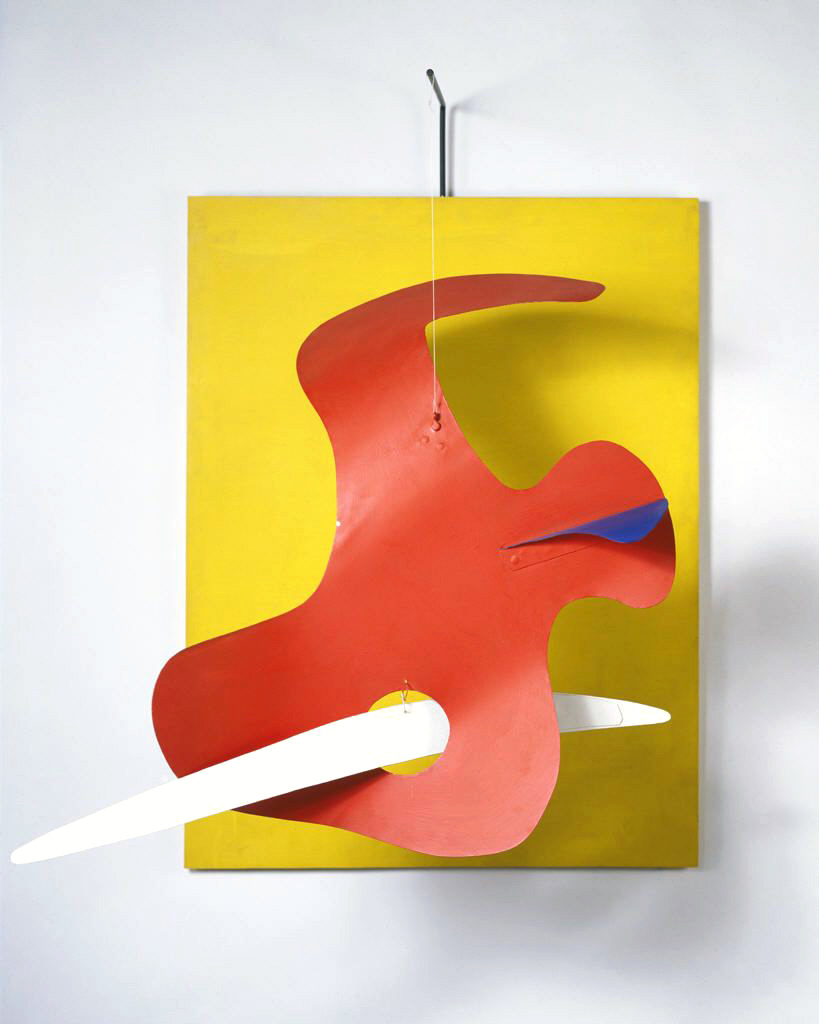
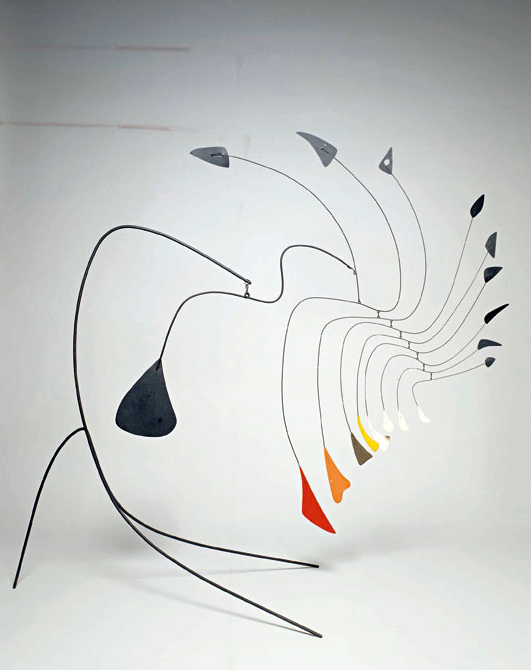
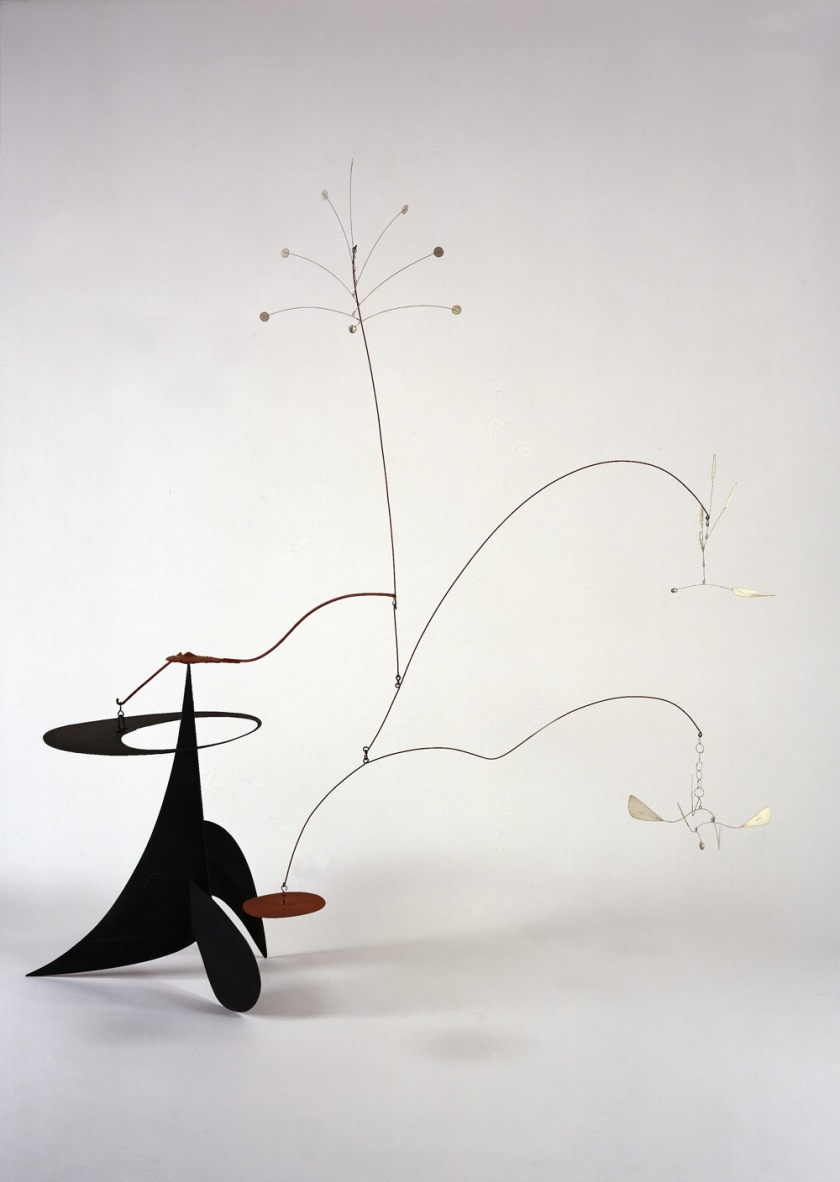
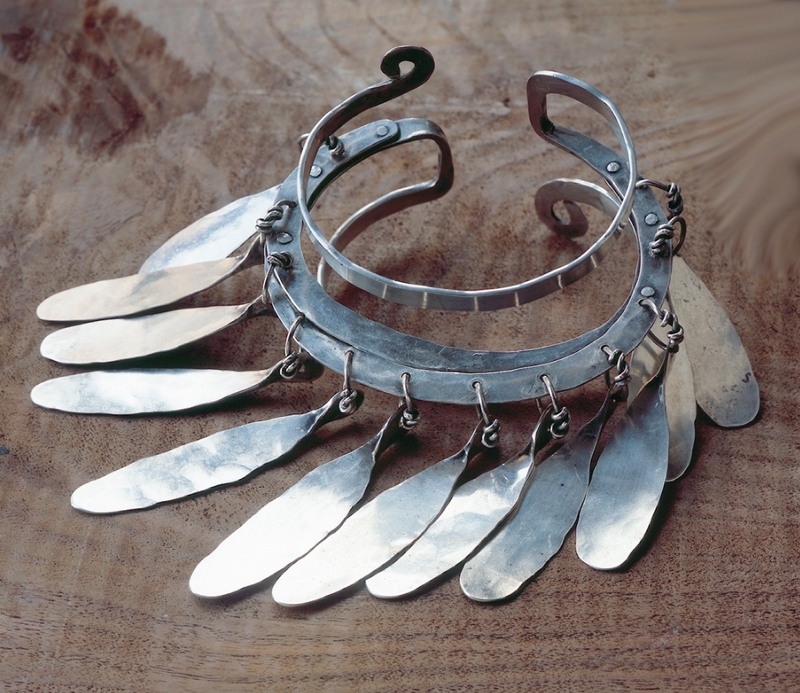
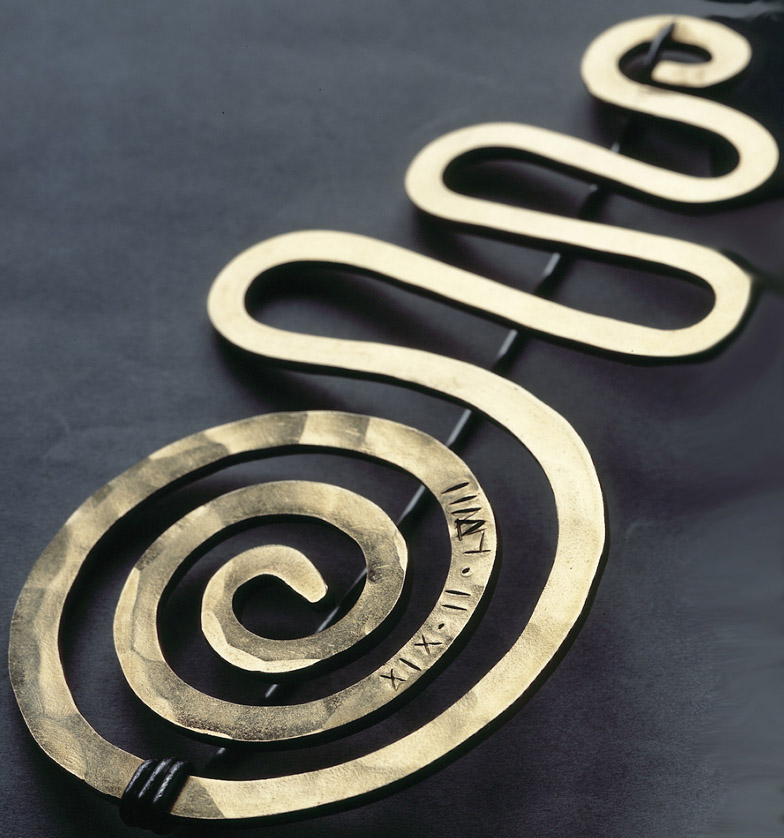
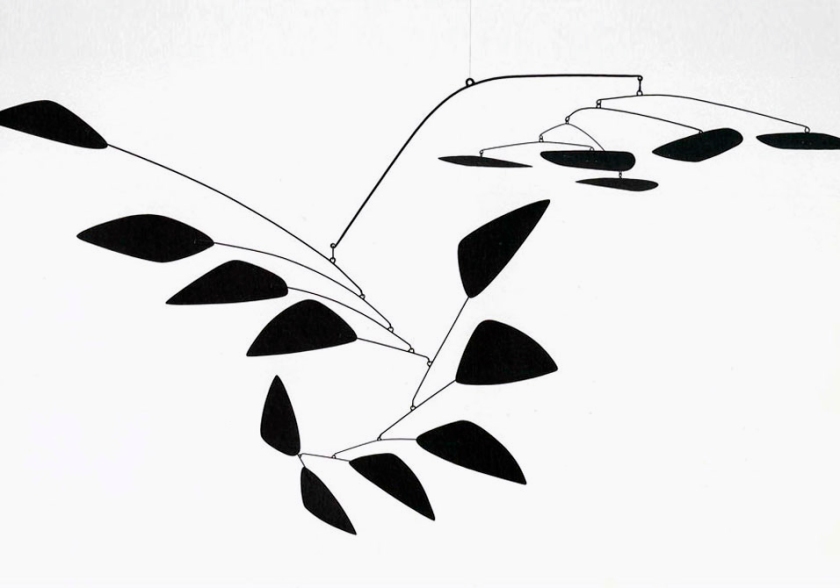
![Alexander Calder (American, 1898-1976) 'Teodelapio [maquette II]' 1962](https://artblart.com/wp-content/uploads/2010/02/calder-teodelapio.jpg?w=840)

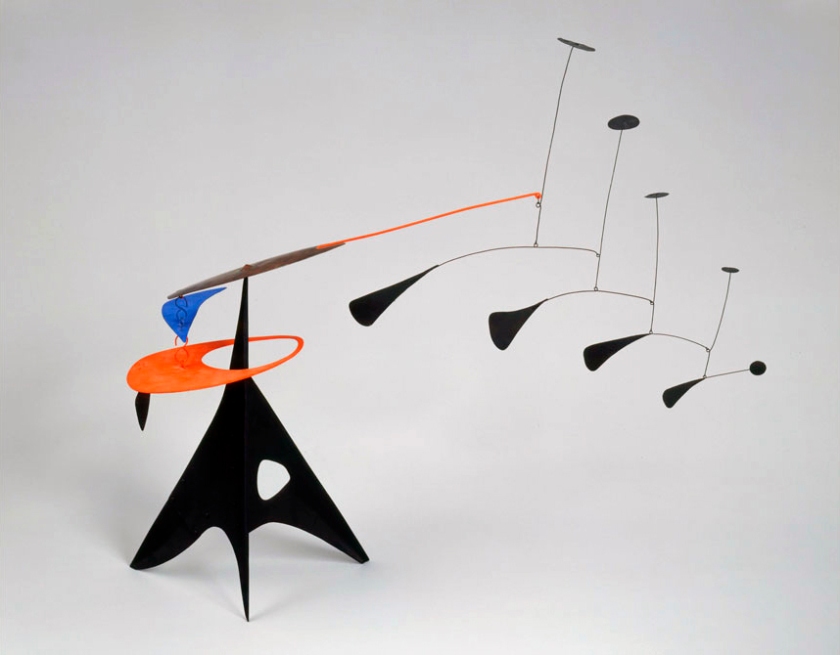

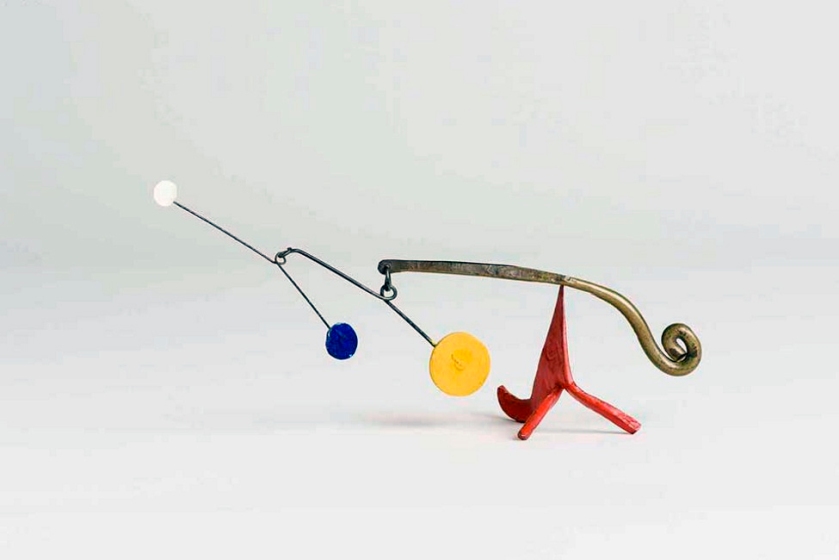
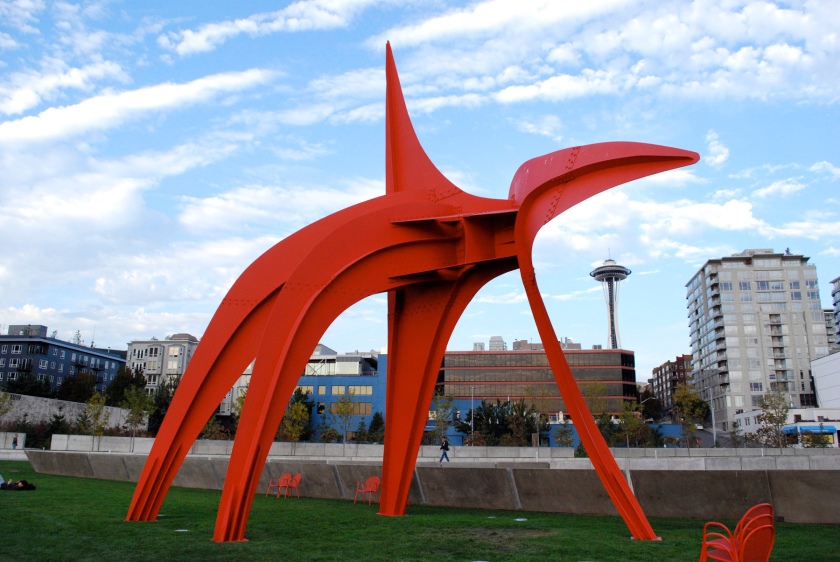
You must be logged in to post a comment.